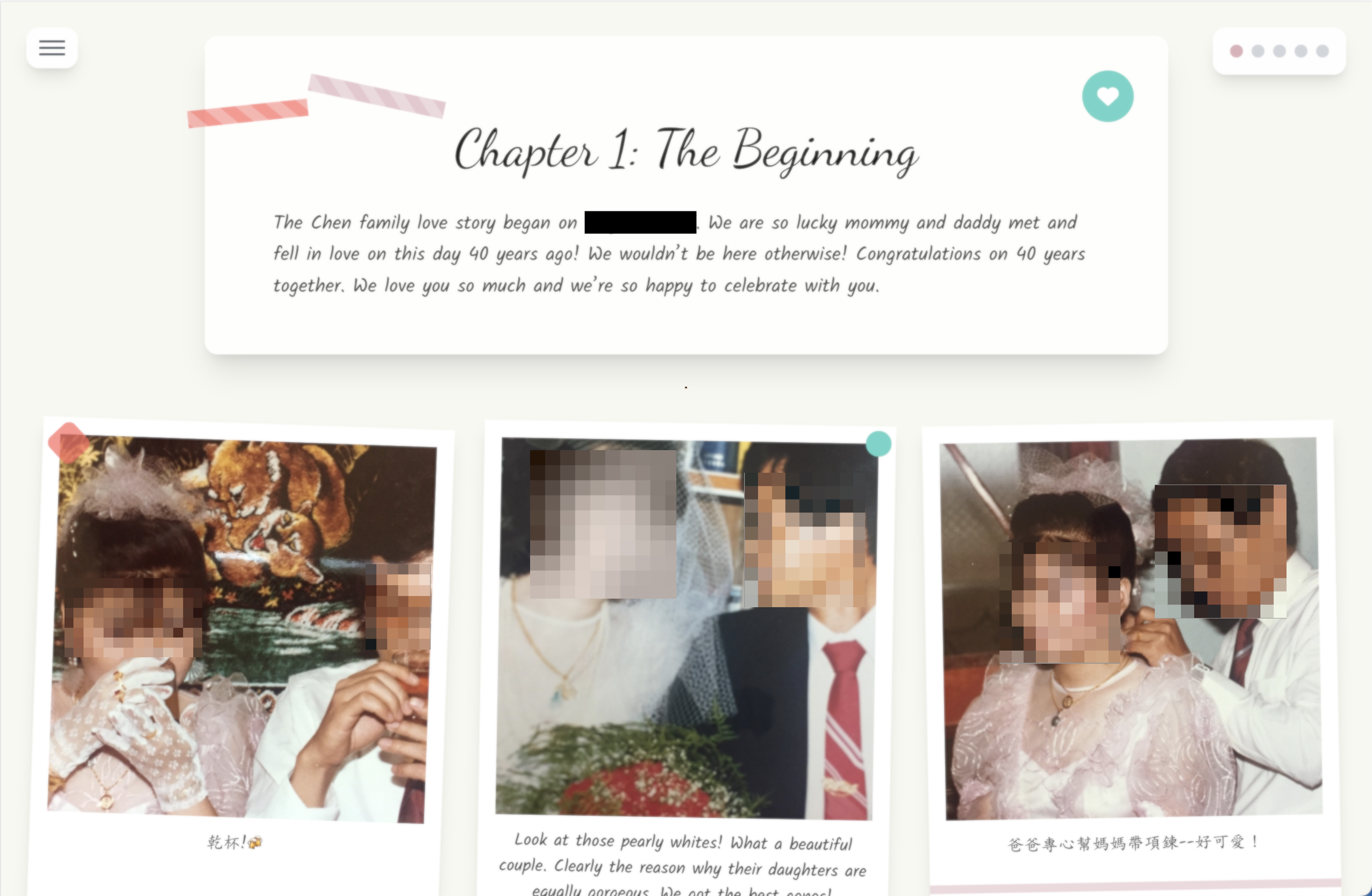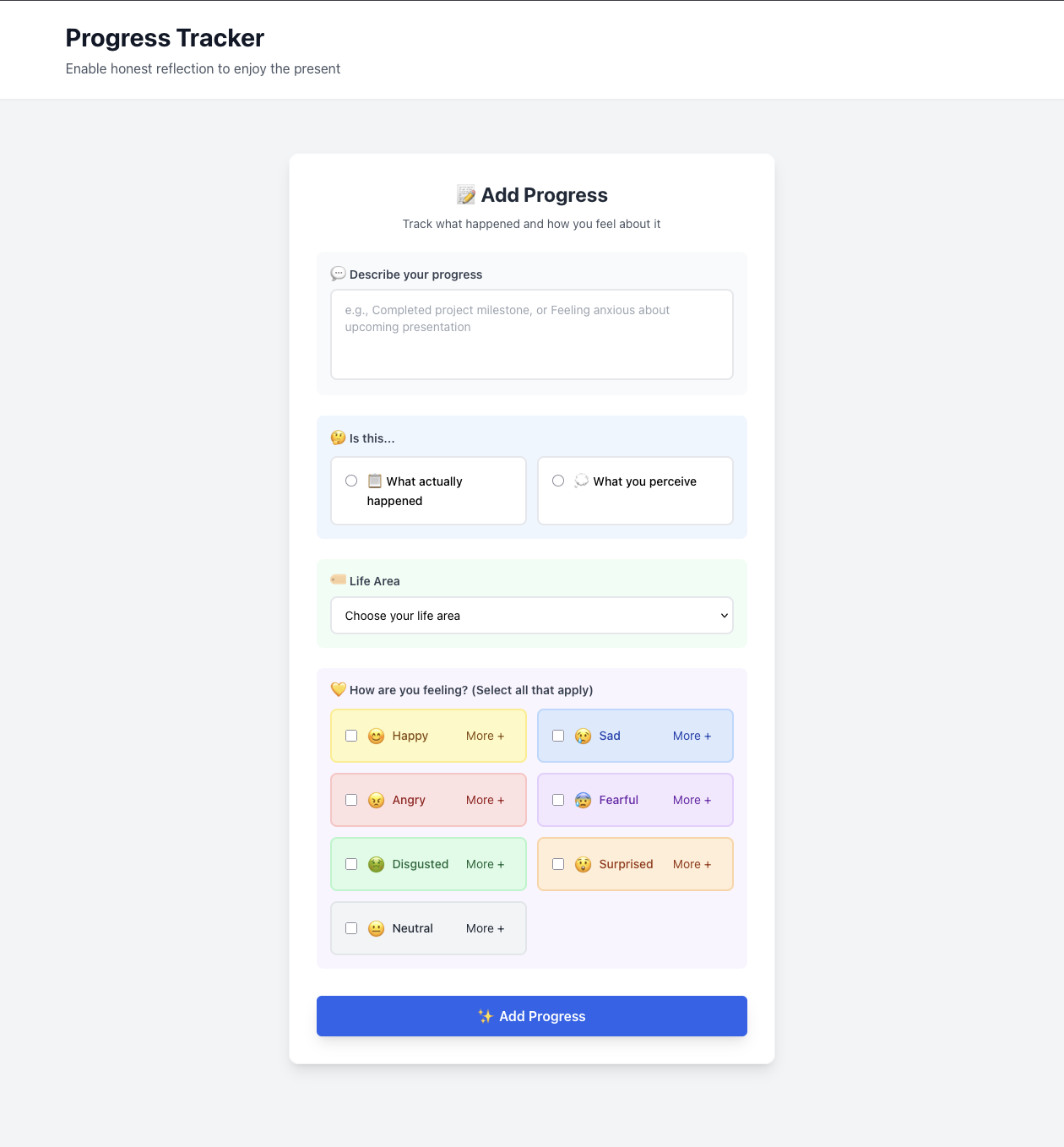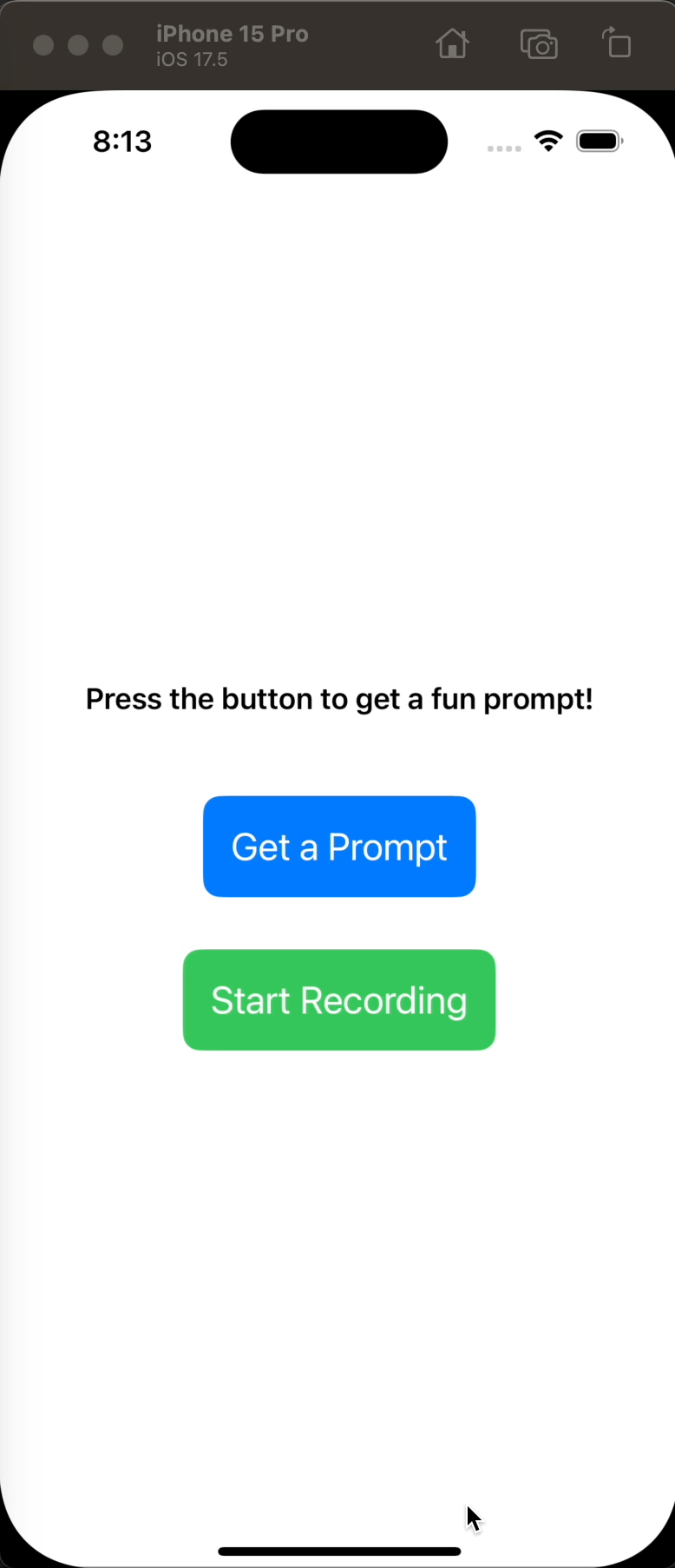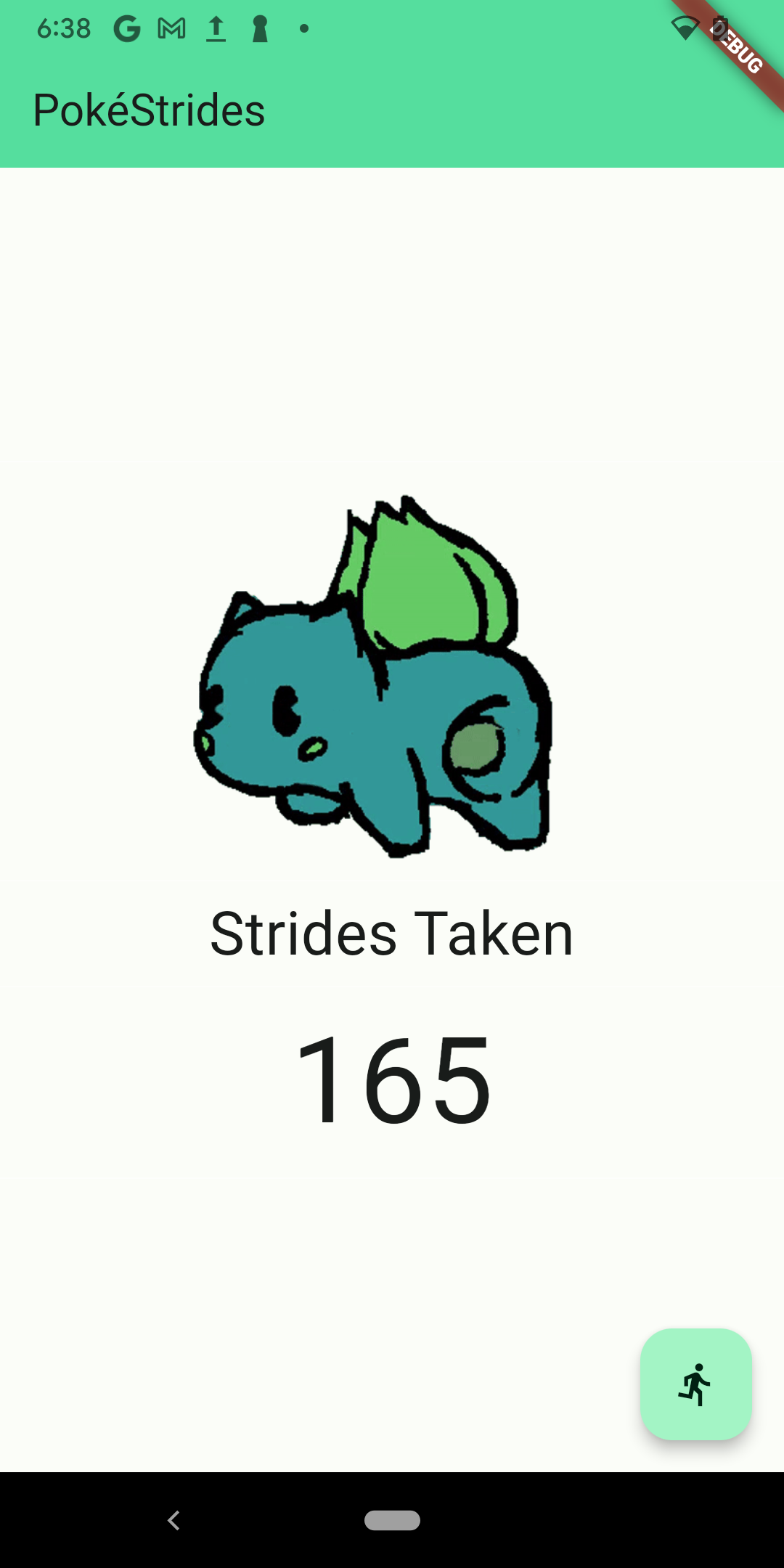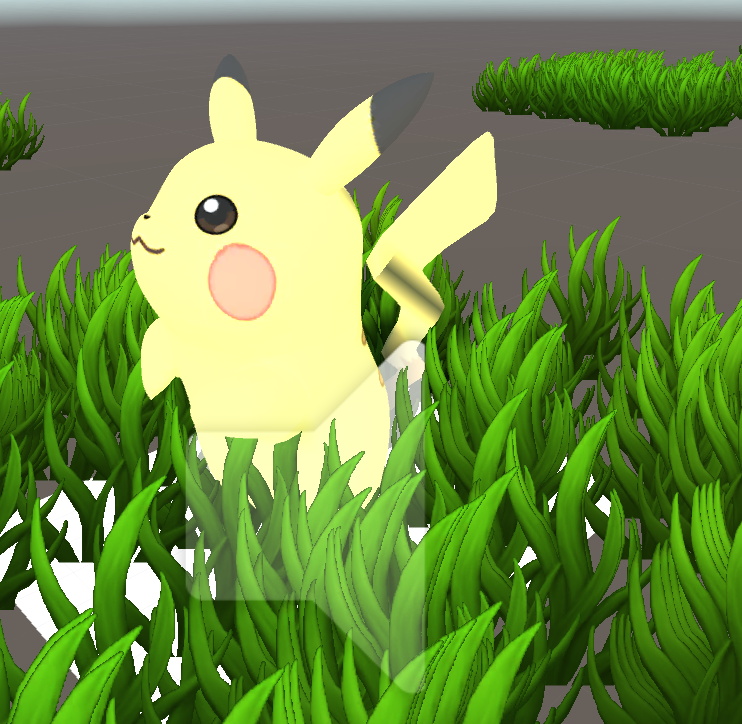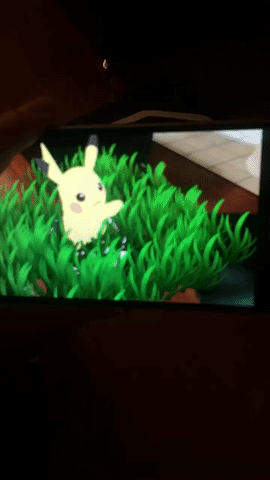🙂↕️ About Me
I'm addicted to efficiency. I like to find the sweet spot between shipping rapid prototypes and scalable solutions. Usually by staying curious and working with talented people ✨
Core Beliefs
- I believe people come first. Strong teams build strong products.
- I'm committed to expanding access to engineering and challenging who we think "looks like" a developer.
- I optimize for fun and chase problems, not solutions.
When I'm Not at Work
I either chase after my 3-month old Portuguese Water Dog or get lost in libraries, anime, and running trails. I also teach math at MMBay (though honestly, my students teach me more), and prototype ridiculous app ideas that make me laugh.
